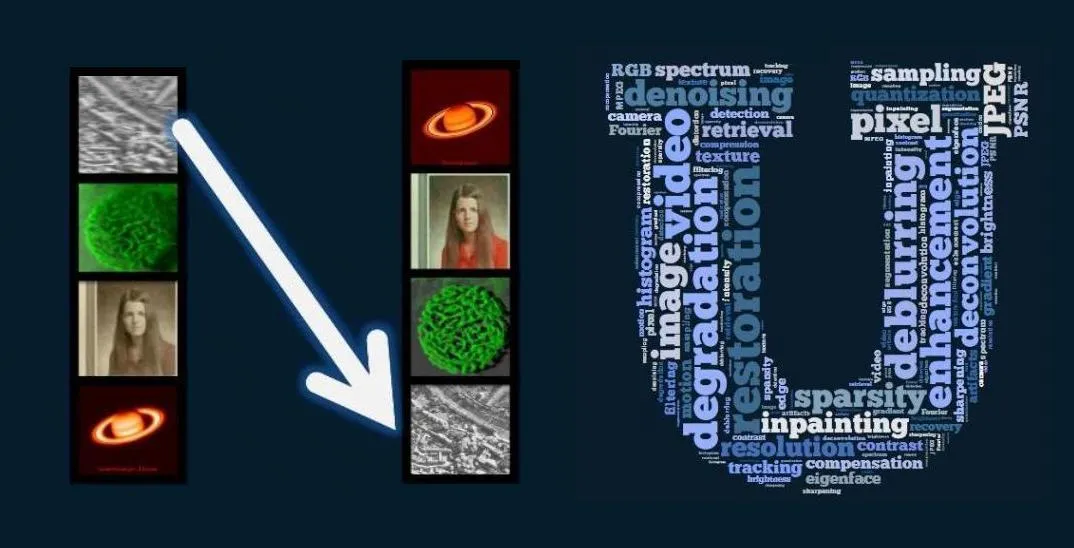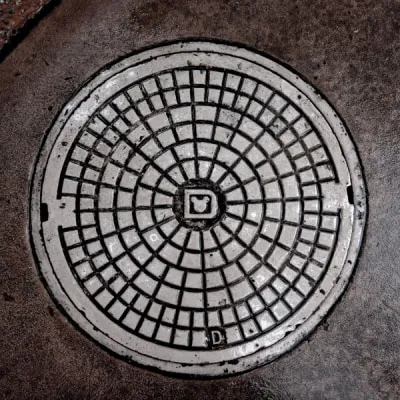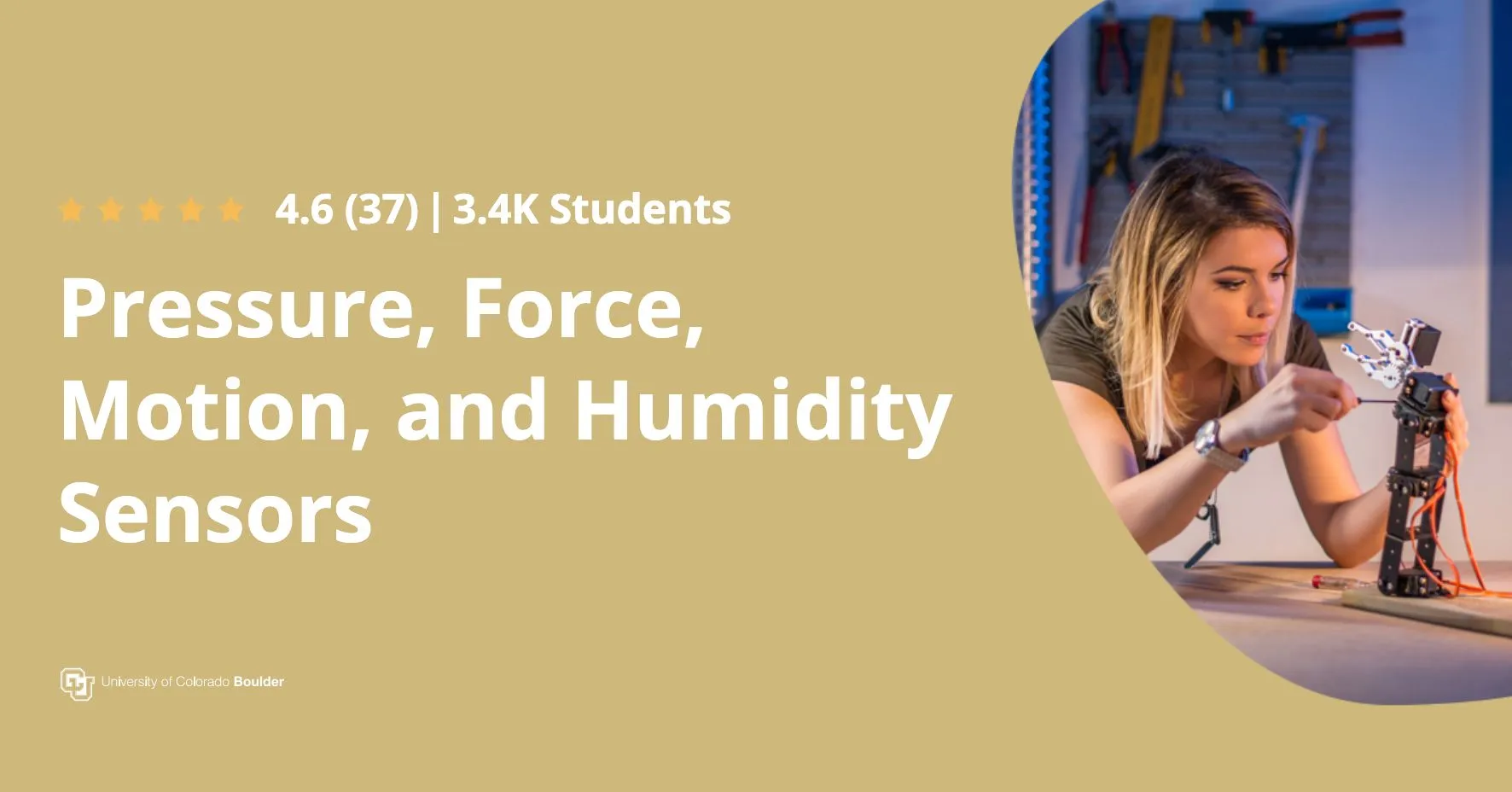
Fundamentals of Digital Image and Video Processing 
This course will teach you the fundamentals of digital image and video processing. Learn the basic principles and tools used to process images and videos, and how to apply them in solving practical problems. Gain an understanding of the mathematical framework used to describe and analyze images and videos, and use state-of-the-art techniques and tools to perform key processing tasks. Explore the special role sparsity plays in modern image and video processing. ▼
ADVERTISEMENT
Course Feature
![]() Cost:
Cost:
Free
![]() Provider:
Provider:
Coursera
![]() Certificate:
Certificate:
Paid Certification
![]() Language:
Language:
English
Course Overview
❗The content presented here is sourced directly from Coursera platform. For comprehensive course details, including enrollment information, simply click on the 'Go to class' link on our website.
Updated in [June 30th, 2023]
This course, Fundamentals of Digital Image and Video Processing, provides students with an introduction to the basic principles and tools used to process images and videos, and how to apply them in solving practical problems of commercial and scientific interests. Students will learn the theory behind fundamental processing tasks including image/video enhancement, recovery, and compression, and how to perform these key processing tasks in practice using state-of-the-art techniques and tools. The course will cover topics such as the mathematical framework to describe and analyze images and videos as two- and three-dimensional signals in the spatial, spatio-temporal, and frequency domains, as well as the special role sparsity plays in modern image and video processing. Examples of images and videos pertaining to specific application domains will be utilized throughout the course.
[Applications]
Upon completion of this course, students will be able to apply the fundamentals of digital image and video processing to solve practical problems in commercial and scientific interests. They will be able to use a variety of tools and techniques to enhance, recover, and compress images and videos, as well as understand the special role sparsity plays in modern image and video processing. Additionally, they will be able to apply the knowledge gained in this course to a variety of application domains.
[Career Path]
A career path recommended to learners of this course is that of a Digital Image and Video Processing Engineer. This job position involves designing, developing, and testing algorithms and software for processing digital images and videos. This includes tasks such as image and video enhancement, recovery, and compression. Digital Image and Video Processing Engineers must have a strong understanding of the fundamentals of image and video processing, as well as the ability to apply these principles in practice. They must also be familiar with the latest tools and techniques used in the field, such as optimization toolboxes and statistical techniques.
The development trend for this job position is that of increased automation and efficiency. As digital images and videos become more and more ubiquitous, the demand for efficient and automated processing techniques is growing. Digital Image and Video Processing Engineers must be able to develop algorithms and software that can process images and videos quickly and accurately. Additionally, they must be able to develop algorithms that can be used in a variety of applications, from consumer applications to scientific applications.
[Education Path]
The recommended educational path for learners of this course is to pursue a degree in Digital Image and Video Processing. This degree typically requires a combination of courses in mathematics, computer science, and engineering. Students will learn the fundamentals of digital image and video processing, including topics such as image and video enhancement, recovery, and compression. They will also learn how to use state-of-the-art techniques and tools to perform these tasks in practice. Additionally, students will gain an understanding of the special role sparsity plays in modern image and video processing.
The development trend of this degree is to focus on the application of digital image and video processing in various fields, such as medical imaging, computer vision, robotics, and autonomous vehicles. Students will learn how to use digital image and video processing to solve practical problems in these fields. They will also gain an understanding of the latest technologies and tools used in digital image and video processing, such as machine learning and deep learning.
Course Provider

Provider Coursera's Stats at AZClass
Discussion and Reviews
0.0 (Based on 0 reviews)
Explore Similar Online Courses

Big Data Emerging Technologies

Confined Spaces

Python for Informatics: Exploring Information

Social Network Analysis

Introduction to Systematic Review and Meta-Analysis

The Analytics Edge

DCO042 - Python For Informatics

Causal Diagrams: Draw Your Assumptions Before Your Conclusions

Whole genome sequencing of bacterial genomes - tools and applications

Pressure Force Motion and Humidity Sensors

Appliance Testing Fundamentals


Start your review of Fundamentals of Digital Image and Video Processing